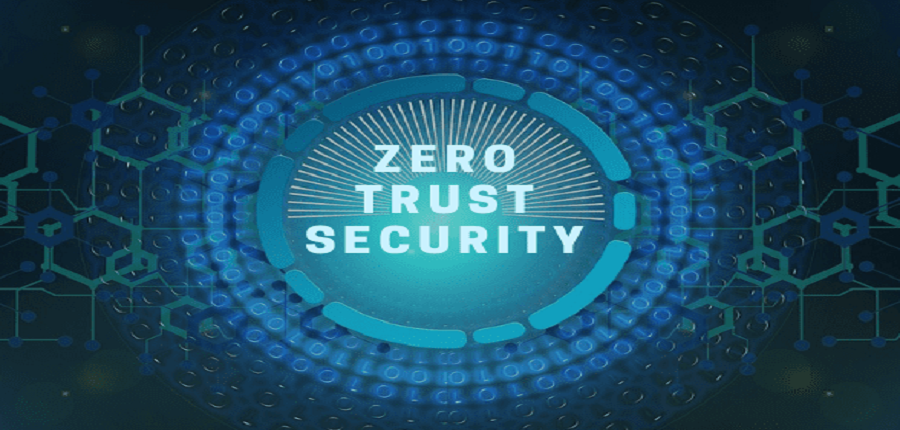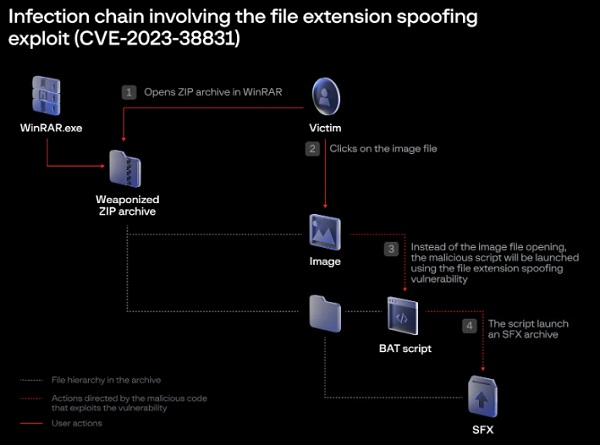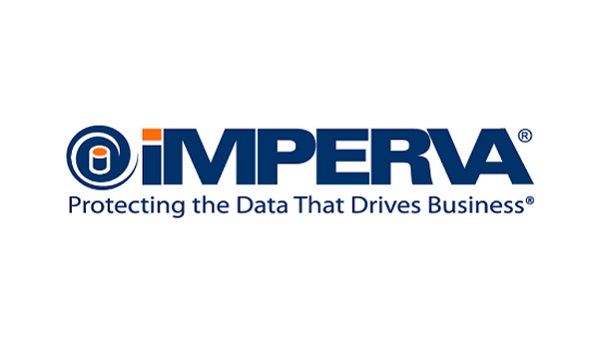Zero Trust Security Model – Is your Organizational Network secure?
Zero Trust Security is basically related to security infrastructure which takes into account the authenticity and the reliability of the source before they can be granted access to the Organization’s applications or data from anywhere be it inside the organization or outside. This term was first used in 2010 at Forest Research Inc. when this concept came into picture. However, after Google announced the implementation of Zero trust security in its network, this concept gained momentum.
It focuses on making our security infrastructure sound and secure which is very much required in todays’ era of digital revolution. It treats any device which is connected to the corporate network as a plausible cause of threat.

Our current IT network security model is such that it is difficult to gain access to the company network from outside but inside the network everyone can access which is basically a castle and moat security approach. However, if someone external to the network is able to gain access then they have full control over all the applications and data. The current scenario where we have different working models rampant in the corporate sector be it Work from Office, Hybrid or Work from Home, our entire network is under consistent threat of being breached. This has necessitated the Corporates to look out for more robust solutions. Zero trust security model is one such solution towards securing the Network.
See more: What to prefer for organization security – EDR or XDR
Some of the guiding principles of Zero Trust Model:
- Never trust, always verify: Be it user, device or any application it is treated as a possible threat. Zero trust relies on strong authentication using ZTNA (Zero trust network access) & MFA (multi factor authorization) before being granted the access.
- Micro segmentation: In this concept, the security parameter is broken down into small segments where separate access is required for different segments hence, instead of one zone there are multiple secure zones with different authorization and accessibility requirements which makes the network less vulnerable.
- Least privilege user access: It means giving the users only that much privilege or access as required that is on need to know basis so that they have limited or zero access to the other sensitive areas of the network. However, this requires vigilant monitoring of the user permissions.
See more: Deepfake – Terrifying and Amusing the Internet
Implementation of Zero Trust Security model
There are many technology partners who are providing different platforms for implementing the Zero Trust security framework for the corporates and now it is upto them to select the right platform for the protection of their data and assets.
Follow on Facebook: Latest Hacking Updates






